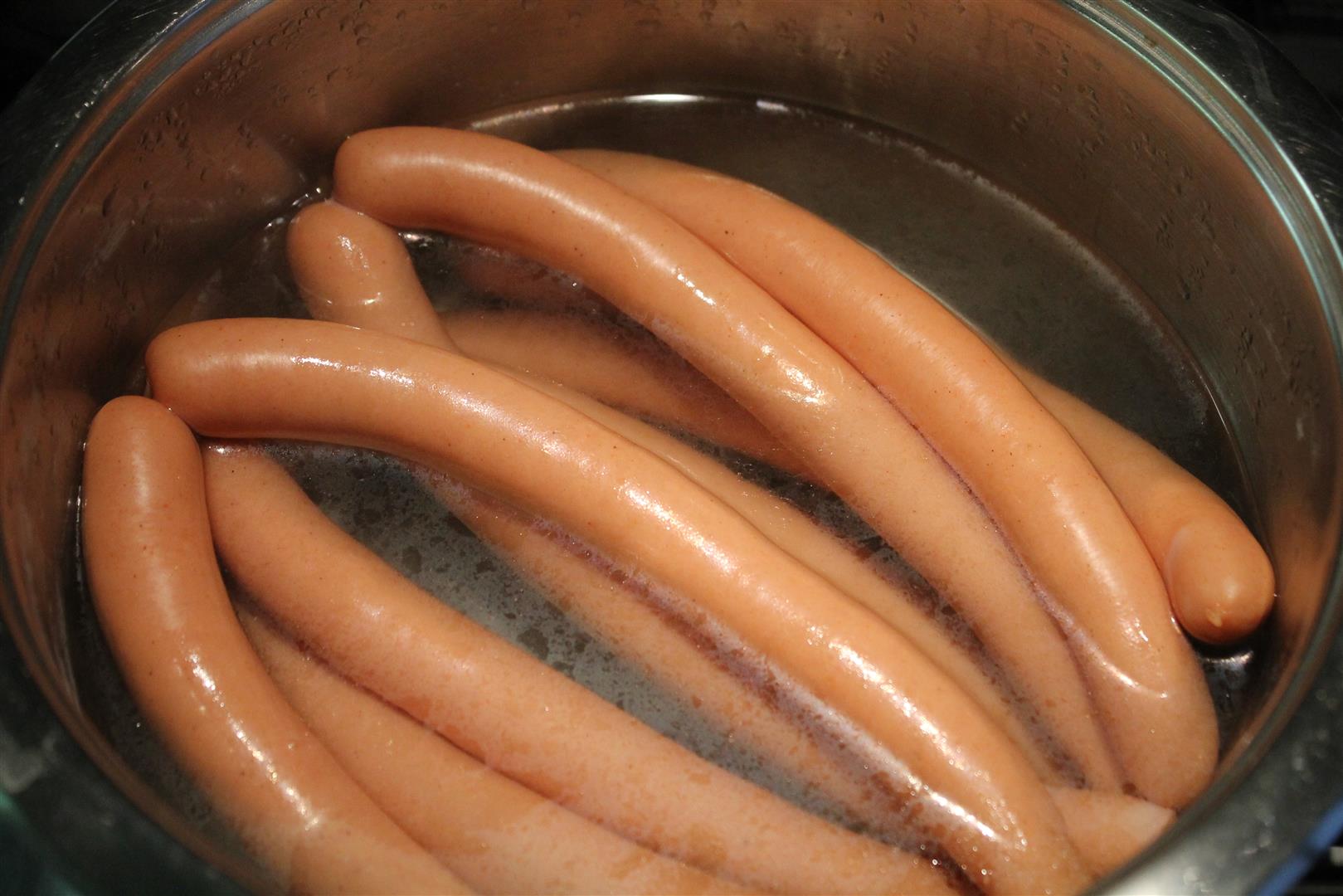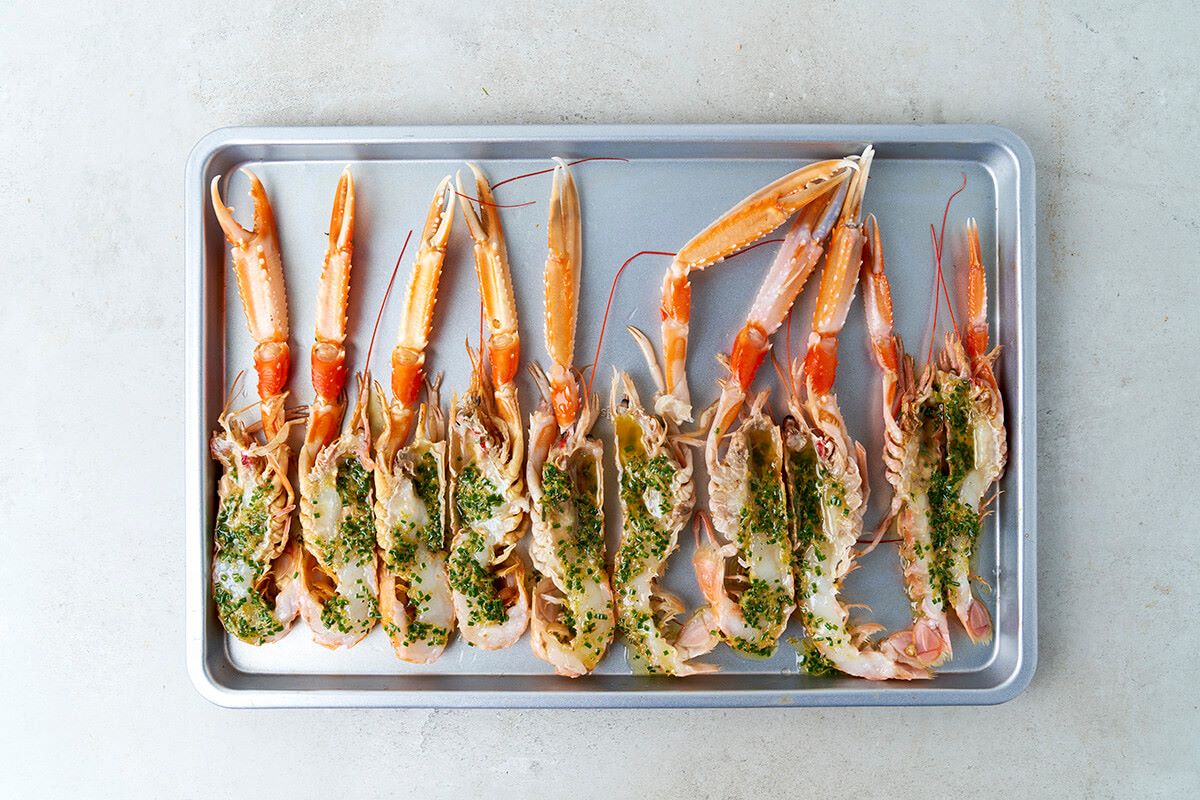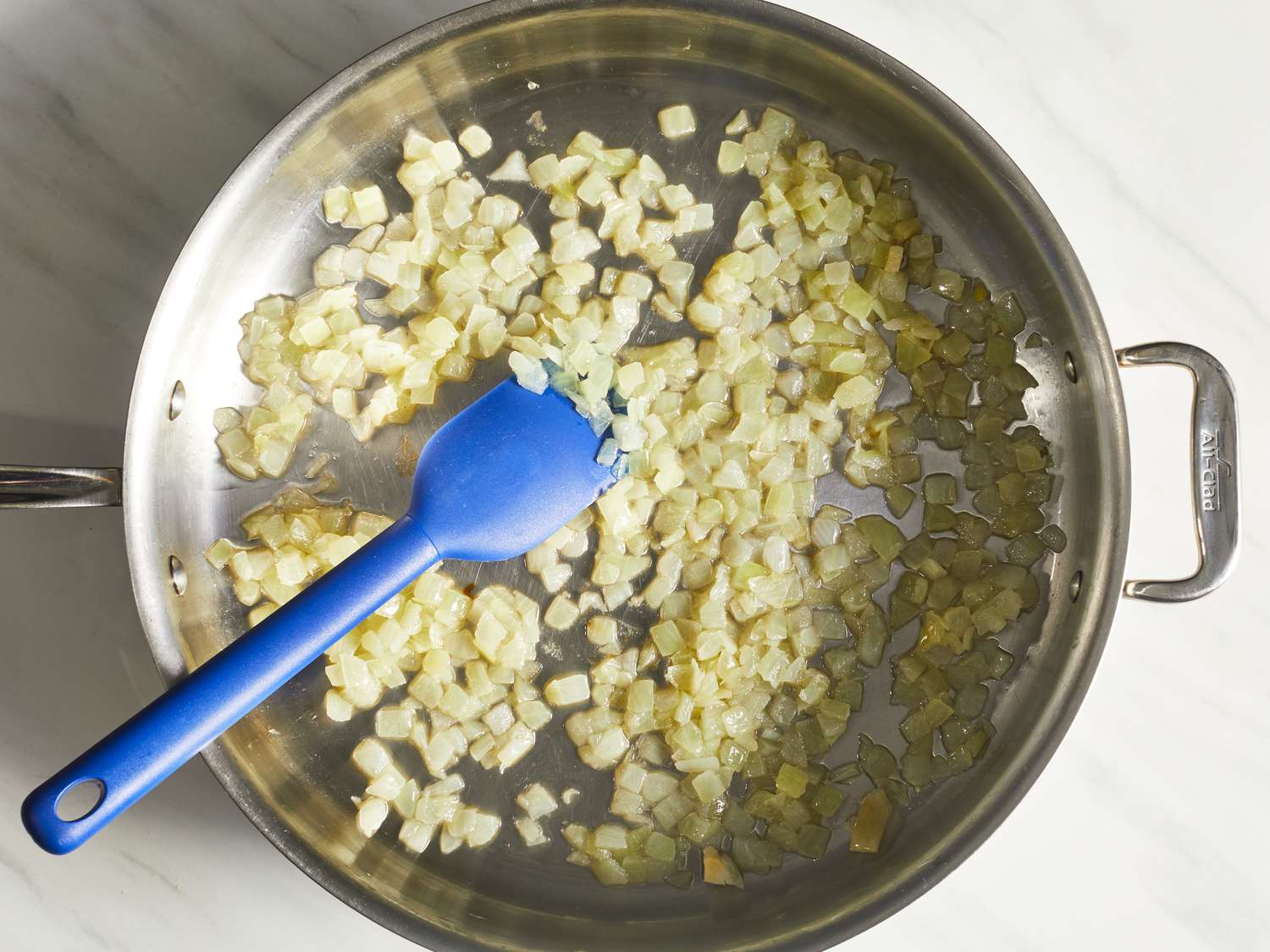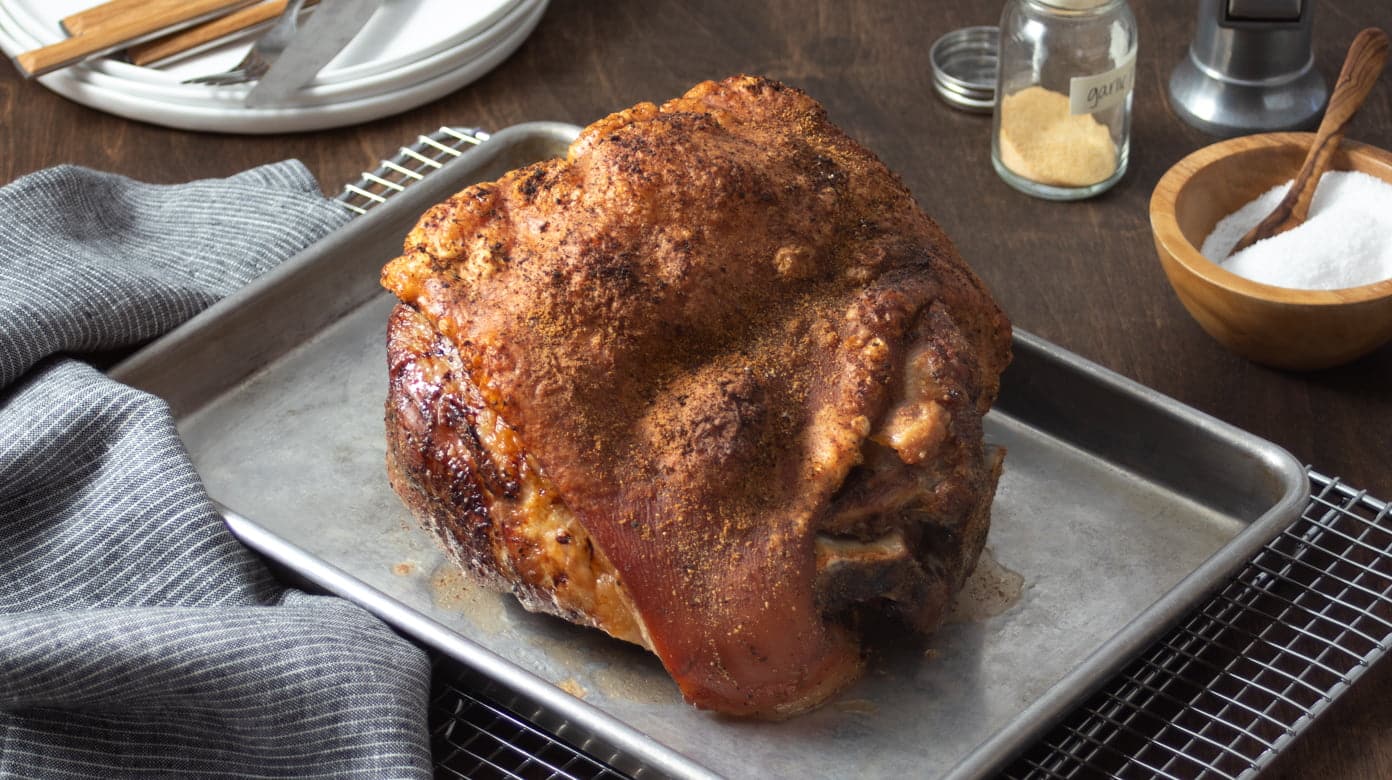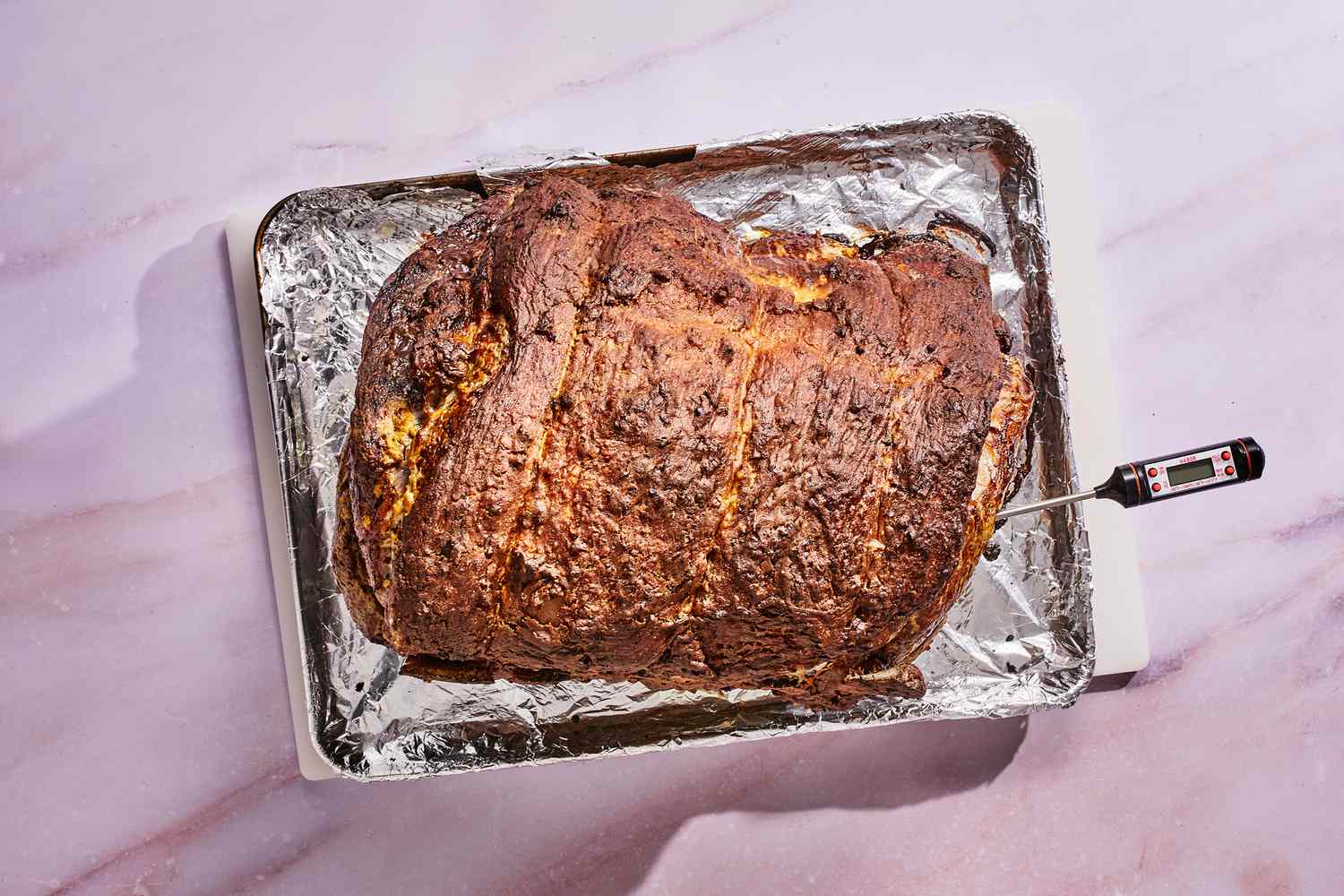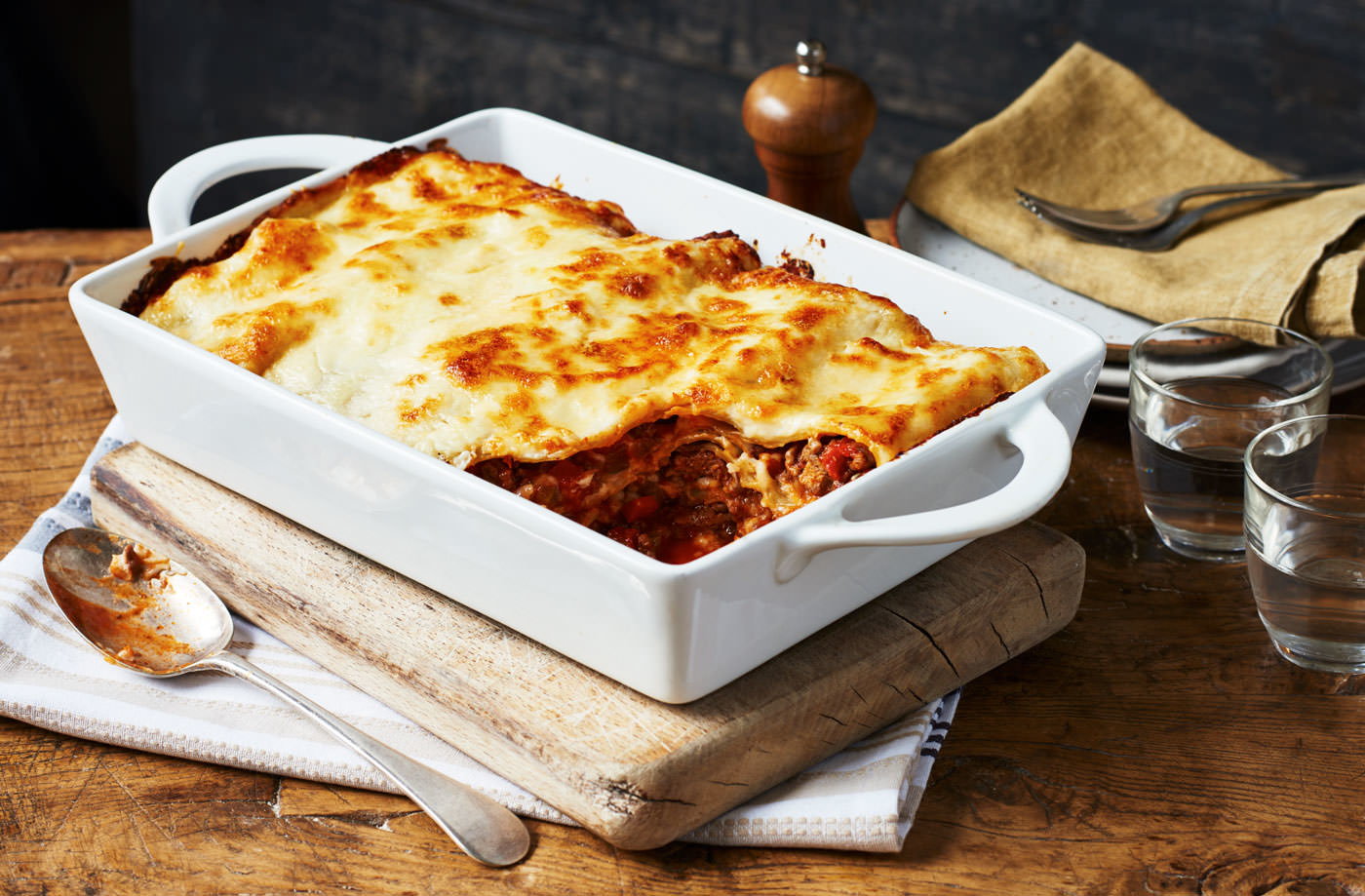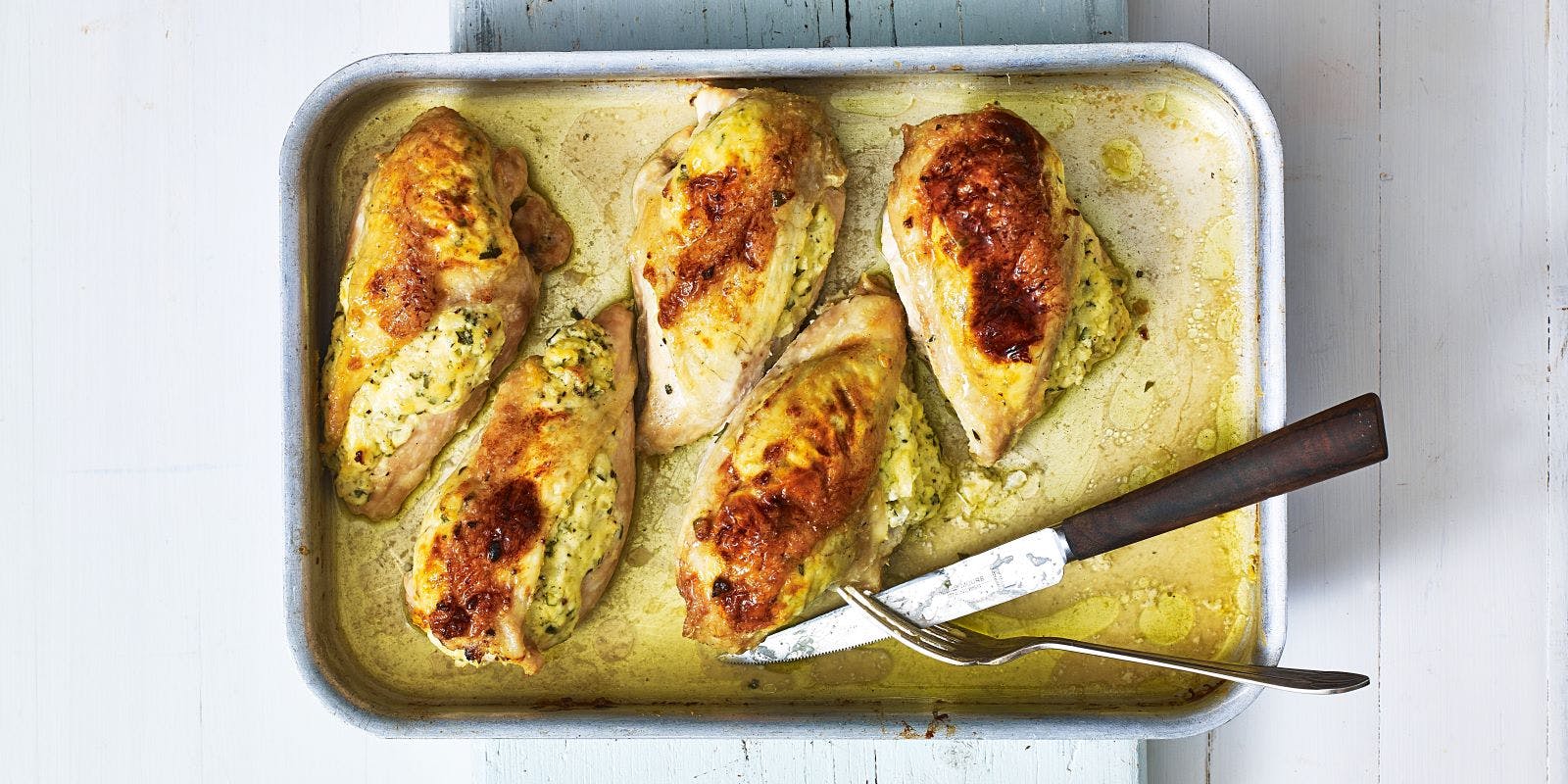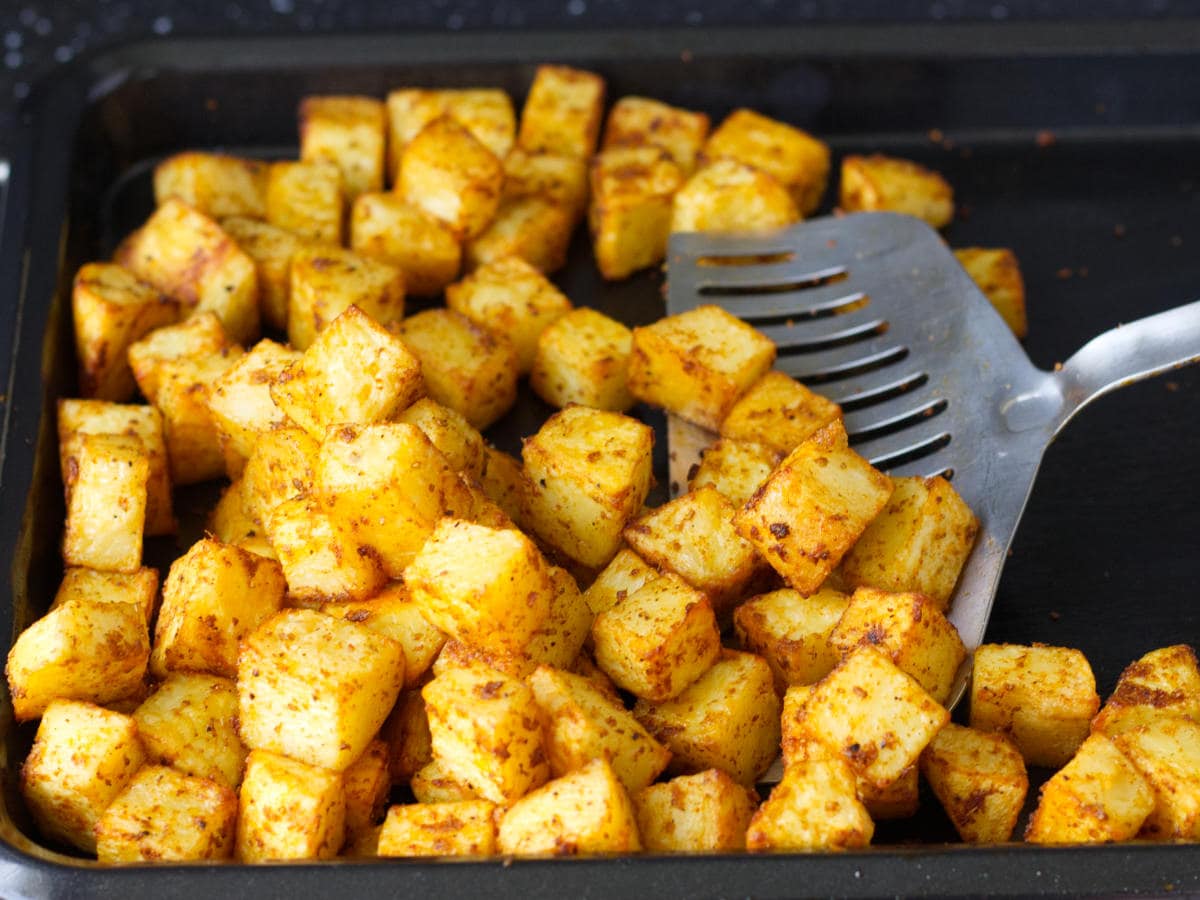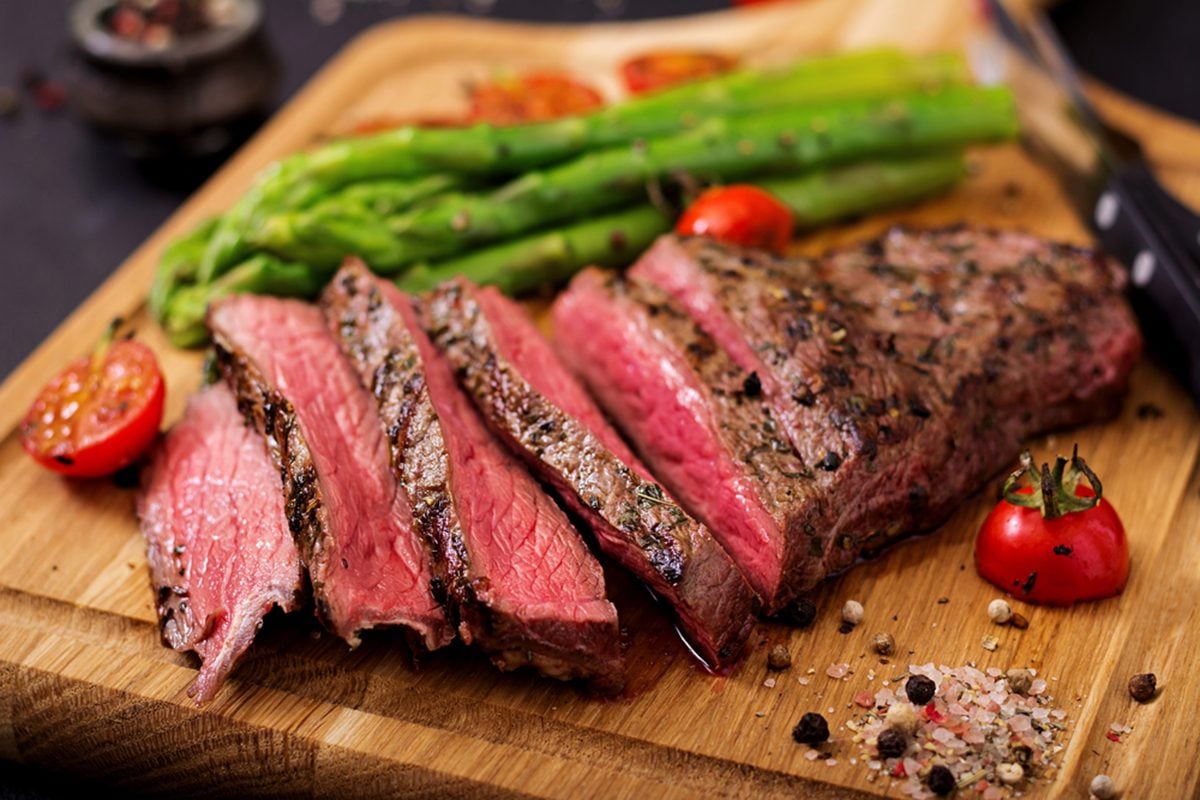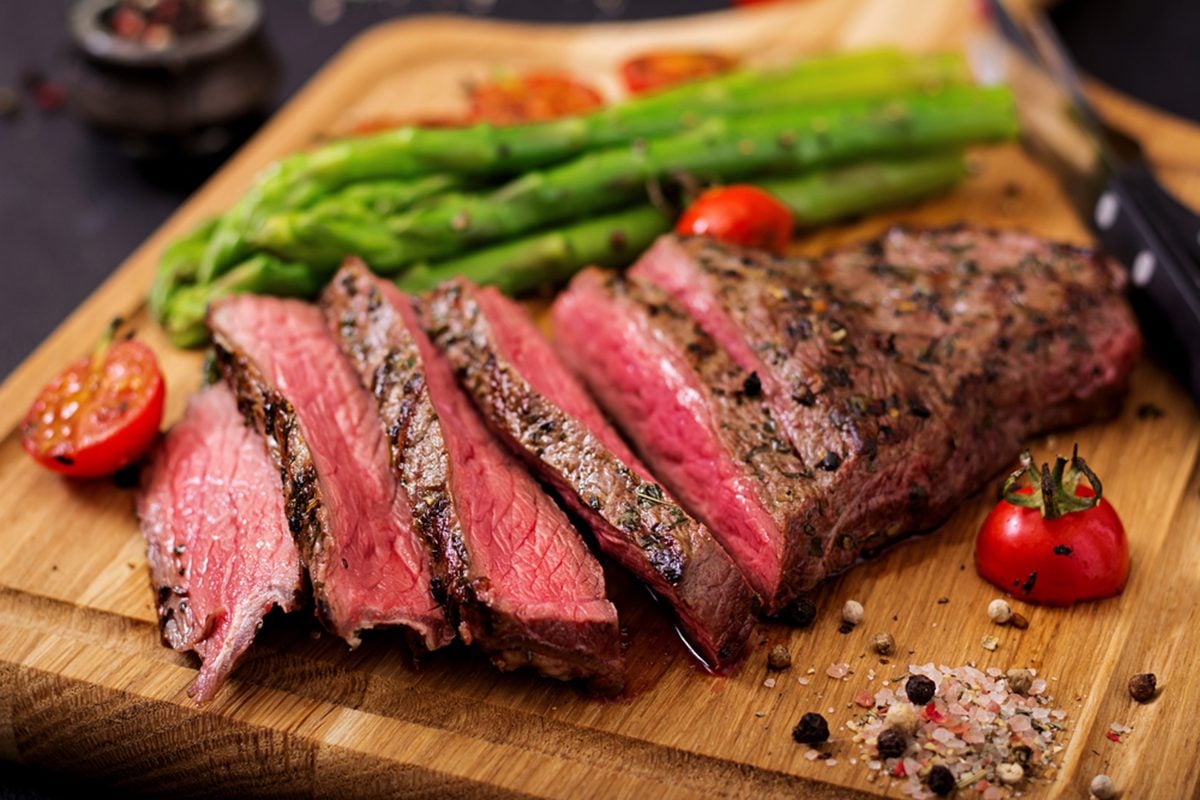How To Cook Pork Tenderloin In Oven Without Searing
Are you in the mood for a juicy and tender pork tenderloin, but don’t want to go through the hassle of searing it first? Look no further! In this guide, we will show you a simple yet delicious way to cook pork tenderloin in the oven without searing. Get ready to impress your taste buds with this easy and flavorful recipe!
Ingredients:
- 1 pork tenderloin
- Salt and pepper to taste
- Your favorite herbs and spices (optional)
Instructions:
- Preheat your oven to 375°F (190°C).
- Remove the pork tenderloin from its packaging and pat it dry with paper towels. This will help the seasonings adhere better.
- Season the pork tenderloin generously with salt, pepper, and any other herbs or spices you prefer. Be creative with your choice of seasonings to add unique flavors to your dish!
- Place the seasoned pork tenderloin on a roasting pan or a baking sheet lined with aluminum foil. Make sure to leave enough space around the meat for even cooking.
- Insert a meat thermometer into the thickest part of the pork tenderloin. This will help you monitor the internal temperature and ensure perfect doneness.
- Put the pan with the pork tenderloin on the middle rack of your preheated oven.
- Cook the pork tenderloin for about 25-30 minutes or until it reaches an internal temperature of 145°F (63°C). Remember to check the temperature occasionally to avoid overcooking.
- Once the pork tenderloin is cooked to your desired level of doneness, carefully remove it from the oven.
- Allow the pork tenderloin to rest for a few minutes before slicing. This step is crucial as it allows the juices to redistribute, resulting in a more flavorful and tender meat.
- Slice the pork tenderloin into medallions and serve it alongside your favorite side dishes or on top of a fresh salad.
And there you have it! A simple and hassle-free way to cook pork tenderloin in the oven without searing. This cooking method ensures that the meat remains juicy and tender, while still achieving a beautiful golden-brown color.
Remember, with a few simple ingredients and some basic cooking techniques, you can whip up a delicious pork tenderloin dish that will impress your family and friends. So go ahead, give it a try, and savor the flavors of this delightful meal!
More Delicious Pork Tenderloin Recipes to Try
After mastering the art of cooking pork tenderloin in the oven without searing, it's time to put this skill to the test with a variety of flavorful recipes. From the Herb-Crusted Pork Tenderloin with Roasted Potatoes to the Bourbon Glazed Pork Tenderloin with Apple Slaw, each dish offers a unique twist on this versatile meat. For a delightful meal, try the Garlic and Rosemary Pork Tenderloin with Asparagus, where the natural flavors are enhanced by aromatic herbs. If you're in the mood for something with a bit of zest, the Chipotle Lime Pork Tenderloin with Avocado Salad is highly recommended. These recipes not only showcase the tenderloin's potential but also provide a delightful culinary experience for family and guests alike.
Was this page helpful?
Read Next: How To Cook Frozen Cooked Shrimp On Stove
